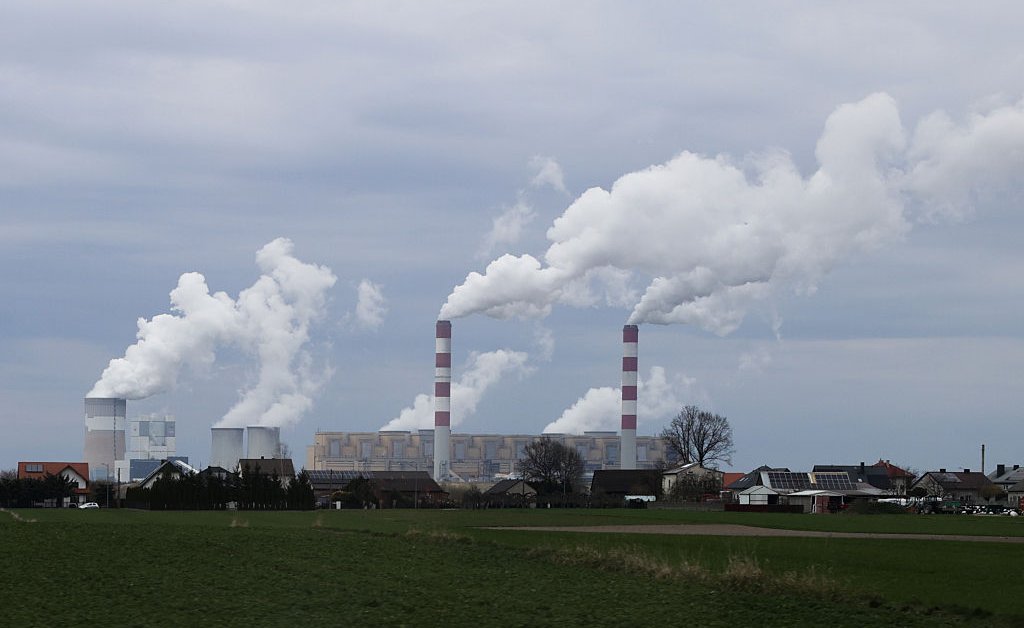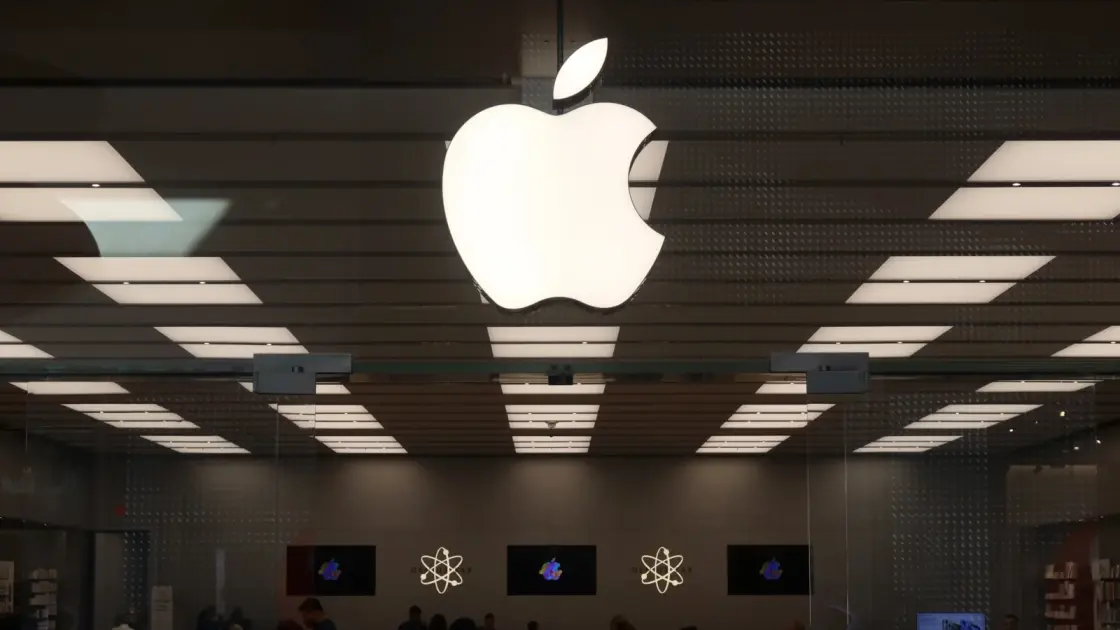Slashing Emissions: How Reducing Pollution Saves Lives

Welcome to your ultimate source for breaking news, trending updates, and in-depth stories from around the world. Whether it's politics, technology, entertainment, sports, or lifestyle, we bring you real-time updates that keep you informed and ahead of the curve.
Our team works tirelessly to ensure you never miss a moment. From the latest developments in global events to the most talked-about topics on social media, our news platform is designed to deliver accurate and timely information, all in one place.
Stay in the know and join thousands of readers who trust us for reliable, up-to-date content. Explore our expertly curated articles and dive deeper into the stories that matter to you. Visit Best Website now and be part of the conversation. Don't miss out on the headlines that shape our world!
Table of Contents
Slashing Emissions: How Reducing Pollution Saves Lives
Air pollution is a silent killer, responsible for millions of premature deaths globally each year. But the grim statistics also highlight a powerful truth: reducing emissions isn't just about protecting the environment; it's about saving lives. This article explores the vital link between pollution reduction and improved public health, showcasing the tangible benefits of cleaner air and a healthier planet.
The Deadly Impact of Air Pollution:
Air pollution, primarily from burning fossil fuels in vehicles, power plants, and industry, contributes significantly to respiratory illnesses like asthma and bronchitis, cardiovascular diseases, lung cancer, and even neurological disorders. The World Health Organization (WHO) estimates that 99% of the world's population breathes air that exceeds its guideline limits, leading to millions of preventable deaths annually. These aren't abstract numbers; they represent families grieving lost loved ones, communities struggling with increased healthcare burdens, and economies hampered by lost productivity.
How Emission Reductions Translate to Health Benefits:
The good news is that reducing emissions has a direct and measurable impact on public health. Several studies have shown a strong correlation between improved air quality and a decrease in respiratory and cardiovascular illnesses. For example:
- Reduced hospital admissions: Cleaner air leads to fewer hospitalizations for respiratory problems, freeing up healthcare resources and reducing overall healthcare costs.
- Improved lung function: Children growing up in areas with less pollution experience better lung development and reduced risks of respiratory diseases later in life.
- Increased life expectancy: Studies consistently demonstrate that populations living in areas with lower pollution levels enjoy longer and healthier lives.
- Lower rates of cardiovascular disease: Reducing pollutants like particulate matter and nitrogen dioxide is linked to a significant decrease in heart attacks and strokes.
Strategies for Slashing Emissions and Saving Lives:
Transitioning to a cleaner energy future is paramount. This involves:
- Investing in renewable energy sources: Solar, wind, and hydropower offer sustainable alternatives to fossil fuels, drastically reducing emissions from electricity generation. Learn more about the benefits of renewable energy [link to a reputable source about renewable energy].
- Improving vehicle efficiency and promoting electric vehicles: Encouraging fuel-efficient vehicles and transitioning to electric transportation significantly reduces air pollution from the transportation sector. Explore the advantages of electric vehicles [link to a reputable source on electric vehicles].
- Implementing stricter emission standards: Government regulations play a crucial role in enforcing cleaner air standards for industries and vehicles.
- Promoting sustainable transportation: Investing in public transport, cycling infrastructure, and pedestrian-friendly urban design encourages less reliance on private vehicles.
- Encouraging green spaces: Trees and plants act as natural air filters, absorbing pollutants and improving air quality. Learn how urban greening can improve air quality [link to a reputable source on urban greening].
The Economic Benefits of Clean Air:
While the focus is on saving lives, the economic benefits of reducing emissions are substantial. Reduced healthcare costs, increased worker productivity, and a healthier tourism sector all contribute to a stronger economy. Investing in clean energy and pollution control measures is not just a cost; it's an investment in a healthier, more prosperous future.
Conclusion:
The link between slashing emissions and saving lives is undeniable. By embracing cleaner energy sources, improving transportation systems, and implementing effective policies, we can significantly reduce air pollution, protect public health, and create a more sustainable and equitable world for generations to come. The time to act is now. Let's breathe easier, together.

Thank you for visiting our website, your trusted source for the latest updates and in-depth coverage on Slashing Emissions: How Reducing Pollution Saves Lives. We're committed to keeping you informed with timely and accurate information to meet your curiosity and needs.
If you have any questions, suggestions, or feedback, we'd love to hear from you. Your insights are valuable to us and help us improve to serve you better. Feel free to reach out through our contact page.
Don't forget to bookmark our website and check back regularly for the latest headlines and trending topics. See you next time, and thank you for being part of our growing community!
Featured Posts
-
 India Confirms Missiles Unintentional Entry Into Pakistan
May 09, 2025
India Confirms Missiles Unintentional Entry Into Pakistan
May 09, 2025 -
 Ipl 2025 Live Score Punjab Kings Vs Delhi Capitals Toss Delayed
May 09, 2025
Ipl 2025 Live Score Punjab Kings Vs Delhi Capitals Toss Delayed
May 09, 2025 -
 Apple Siri Settlement 95 Million Are You Eligible
May 09, 2025
Apple Siri Settlement 95 Million Are You Eligible
May 09, 2025 -
 Kashmir Dispute A Detailed Timeline Of India Pakistan Tensions
May 09, 2025
Kashmir Dispute A Detailed Timeline Of India Pakistan Tensions
May 09, 2025 -
 Ipl 2025 Punjab Kings Face Delhi Capitals In Dharamshala Live Score And Highlights
May 09, 2025
Ipl 2025 Punjab Kings Face Delhi Capitals In Dharamshala Live Score And Highlights
May 09, 2025
